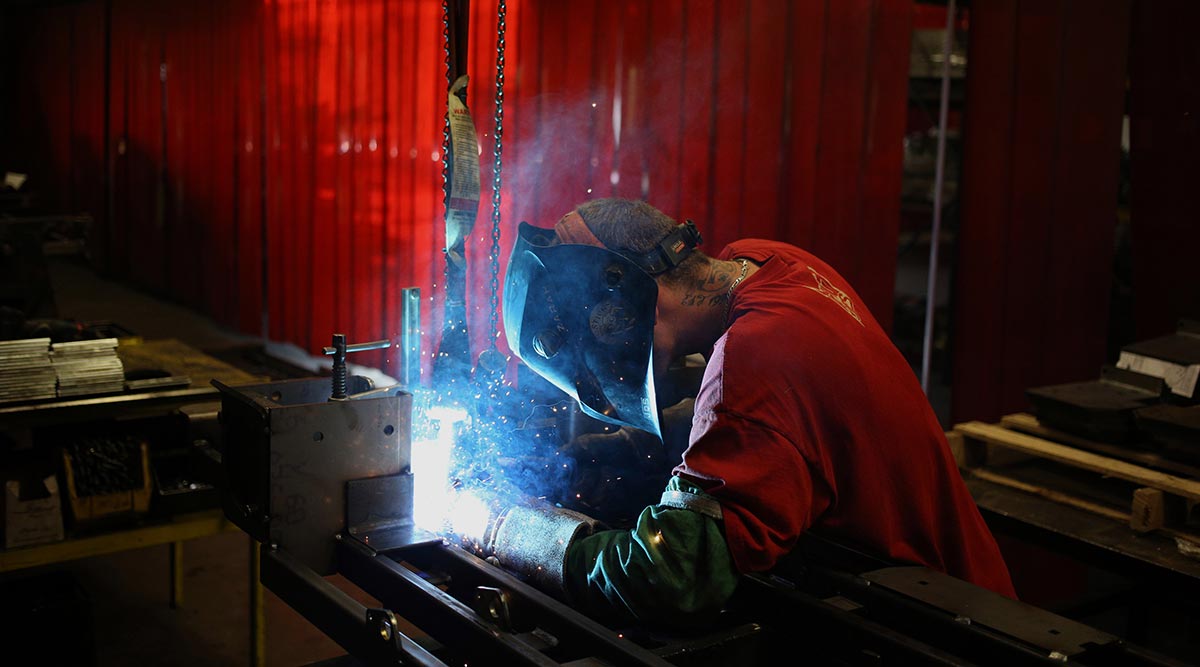Manufacturing Expands at Fastest Pace in Five Months

Manufacturing expanded in June at the fastest pace in five months, indicating domestic demand is allowing America’s factories to withstand sluggish overseas economies.
The Institute for Supply Management’s factory index increased to 53.5 in June from 52.8 the prior month, the Tempe, Arizona-based group’s report showed July 1. Readings above 50 indicate expansion. The figure was in line with the Bloomberg News survey median forecast of 53.2.
A gain in orders last month indicates U.S. customers are providing a cushion for factories against a backdrop of limited prospects for overseas sales. At the same time, without stronger business investment to complement a rebound in consumer spending, a more pronounced pickup in manufacturing that spurs the economy may prove elusive.
“We’ve seen a fairly uneven bounce-back in the last few months,” Thomas Simons, a money market economist at Jefferies in New York, said before the report. “We’re going to continue to see an overall positive trend that isn’t all that impressive.”
Estimates in the Bloomberg survey ranged from 52 to 55, with readings greater than 50 indicating growth.
ISM’s new orders measure improved to 56 last month, the highest this year, from 55.8 in May, while the production gauge eased to 54 from 54.5.
The measure of manufacturing employment increased to 55.5, the highest since December, from 51.7 in May.
The nation’s factories added 7,000 workers in June, helping boost employment at U.S. companies by the most in six months, a report from ADP Research Institute showed July 1. The 237,000 increase in overall payrolls exceeded the median projection in a Bloomberg survey and followed a 203,000 gain a month earlier, according to ADP.
A more cautionary note for those on America’s assembly lines was a drop in orders waiting to be filled. ISM’s gauge of backlogs slumped to 47, the weakest since January, from 53.5 a month earlier.
The inventory gauge increased to 53 last month from 51.5, while the index of customer stockpiles rose to 48.5 from 45.5, indicating companies are paring inventories at a slower rate.
An improvement in demand for manufactured goods would help create a virtuous cycle of growth, wherein factories boost headcount to help meet orders and consumers, armed with a new paycheck, spend more.
American producers remain cautious. The United States still is in a “spotty situation,” said Peter Huntsman, CEO at chemical manufacturer Huntsman Corp. Still, “I’m pretty bullish, and we continue to see good signs in North America depending on what sector of the economy.”




